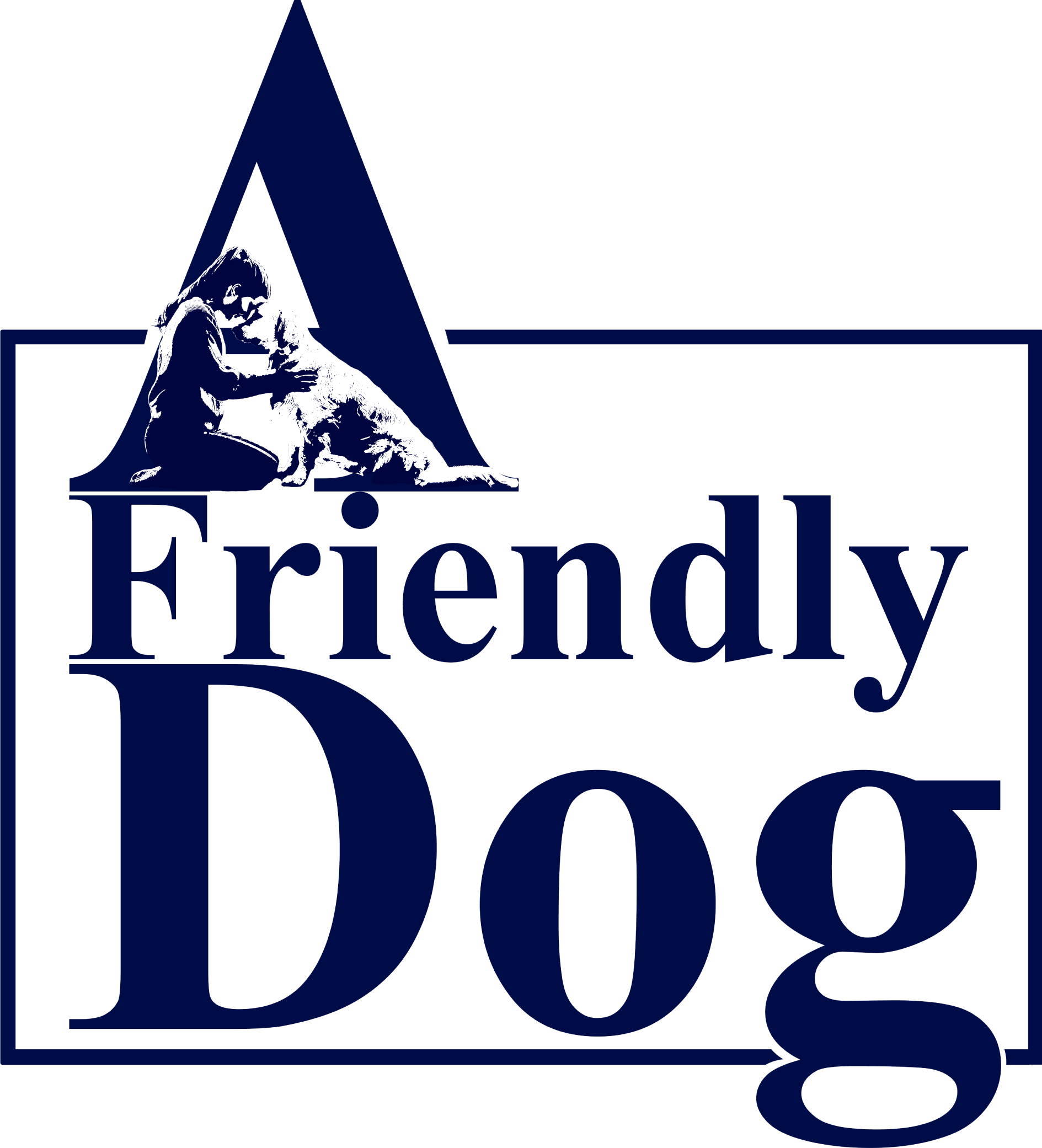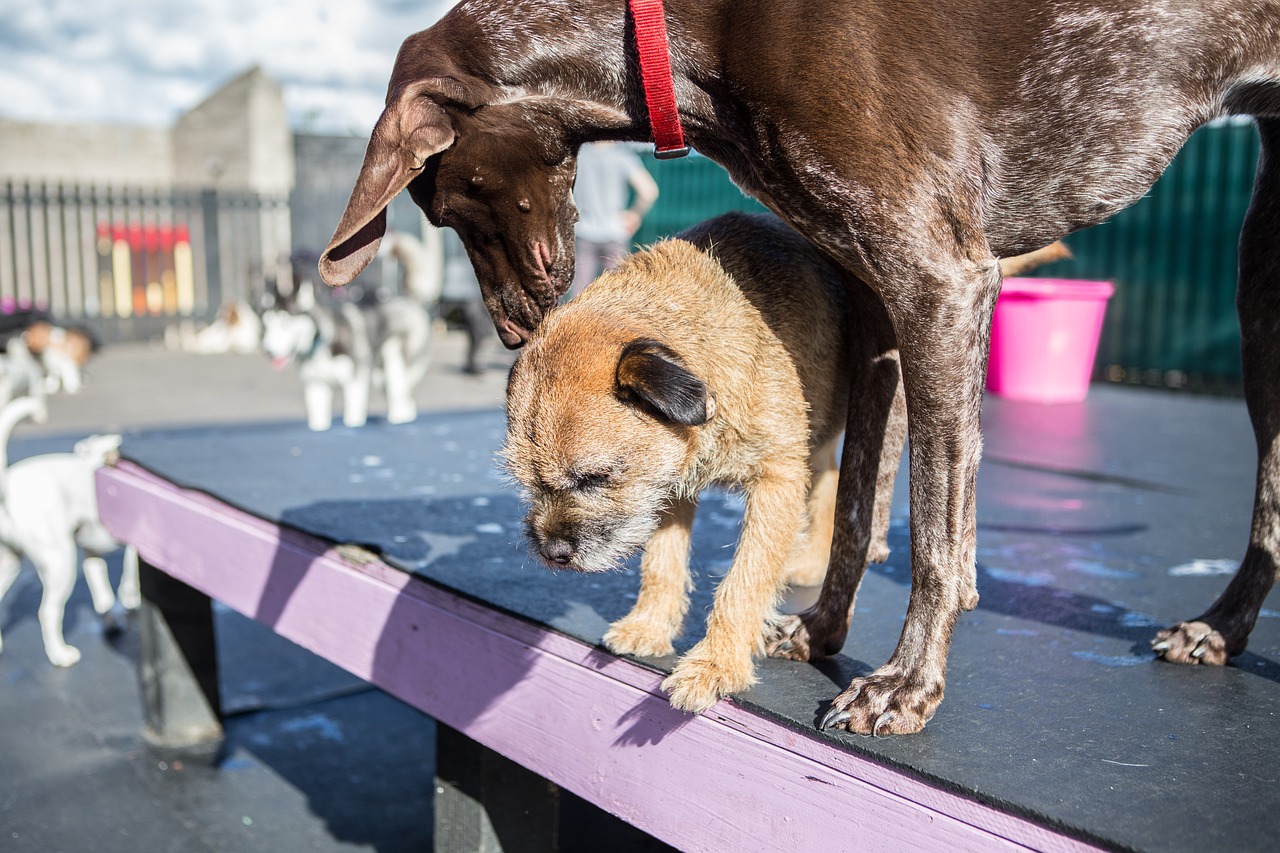The following are some of the most frequently observed indications of fearful behavior in anxious dogs. This is not an exhaustive list, as each dog may experience panic attacks in their own unique way. Some may tremble and cower, while others may lunge and bark, and still others may simply turn tail and hide. Nonetheless, it provides a general idea of what to be aware of.
Common Signs of Fear:
Trembling
Avoiding eye contact
Licking their lips
Cowering
Tail tucking
Hiding
Lunging, snapping, or other aggressive behaviors
Panting
Circling (or tail-chasing)
Vomiting or diarrhea
Before we proceed, it is important to remember: If your dog suddenly exhibits these symptoms, contact your veterinarian. All of these symptoms may also be caused by a variety of underlying medical conditions. Therefore, do not assume that it is due to fear alone.
A phobia is often the cause behind sudden fearful behavior in dogs. While dogs don’t form memories like humans do, they have a strong recollection of negative or positive experiences. It is quite common for dogs to develop a phobia of noises, particularly fireworks and thunderstorms. The bright lights, flashes, and loud noises can truly frighten dogs. When a dog has a phobia, they may exhibit signs of anxiety and stress such as panting, whimpering, pacing, and restlessness.
Apart from noises, dogs can also develop phobias of certain objects or places. For instance, your dog may hesitate to enter the kitchen or approach the TV. I know someone whose dog is terrified of baby gates! This suggests that something must have startled your dog so severely that they now fear being near that particular object or place.
A frightening experience during a daily walk can also lead to your dog refusing to leave the house and displaying signs of fear whenever you try to put on their leash. In such cases, fear becomes a learned behavior. However, with patience and rewarding incentives, you can help desensitize your dog to the source of their fear.
Desensitization, also known as counter conditioning, is a scientifically-backed technique that uses positive reinforcement training to help dogs associate their fears with something positive instead. For example, if your dog is scared of fireworks or thunderstorms, you can try giving them a special treat while these noises are occurring to help them become accustomed to loud sounds.
In simpler terms, when the 4th of July fireworks begin, offer your dog a delicious bone to chew on. Additionally, you can try masking the noise with familiar sounds or soothing music, although behavior modification tends to yield the best long-term results.

